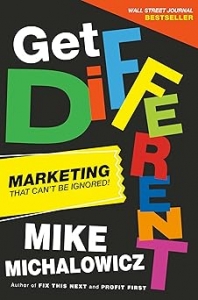Staying in Touch With Content
“You need to take control of the narrative,” Bryce Sanders cautions financial advisors in Financial Advisor Magazine. When the stock market is going up, some advisors don’t see the need to call their clients. Others don’t think they need to call when the market is going down. But either way, Sanders cautions, it’s a big mistake not to stay in close touch with your advisees.
At Say It For You, we realize, every single one of the reasons Sanders cites for staying in touch with financial planning clients is true for business owners and professional practitioners in every field:
1. Your clients should be expecting you to be in touch with them on a predictable basis.
In content marketing, it’s a big mistake to take your foot off the gas. Yes, creating a steady stream of content takes time and patience. As online marketing guru Neil Patel stresses, websites that publish regular, high-quality content are providing real value to users.
2. Give the client credit for the successes they have achieved using the information you’ve provided.
Your website can include customer testimonials to boost credibility in two ways. Success stories boost your credibility with new prospects, helping them decide to do business with you. At the same time, testimonials also foster commitment from those providing those testimonials.
3. Clients need to know where they stand with you, knowing you are paying attention.
To maintain that “paying attention” stance, it’s crucial to avoid “yo-yo content posting”. Spacing marketing content pieces at regular intervals and maintaining consistency allows regular readers and newcomers to the site to expect – and benefit from – a regular flow of information.
4. Clients have the potential to invest new dollars with you, and are looking for direction.
When it comes to content marketing, the word “news” can mean several different things, including “your own news”, introducing a new employee, a new partner, a new product, a new service. Community news relates to “what’s going on and how we fit in”.
Content marketing is nothing more than staying in touch with what’s happening in your community, in your industry, in your business or practice – and sharing those insights with your readers!






Follow us online!